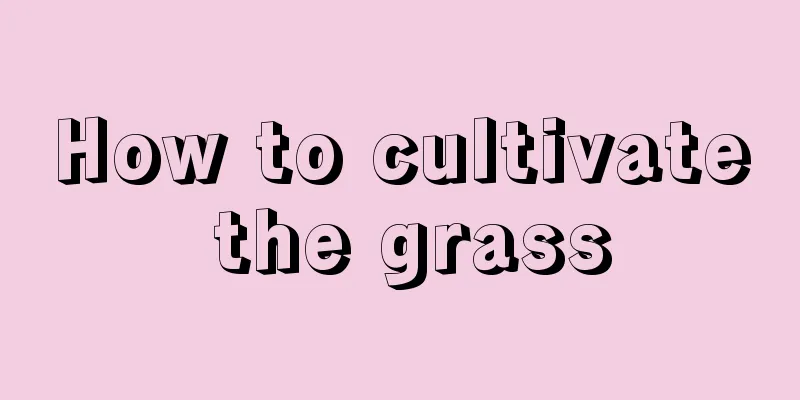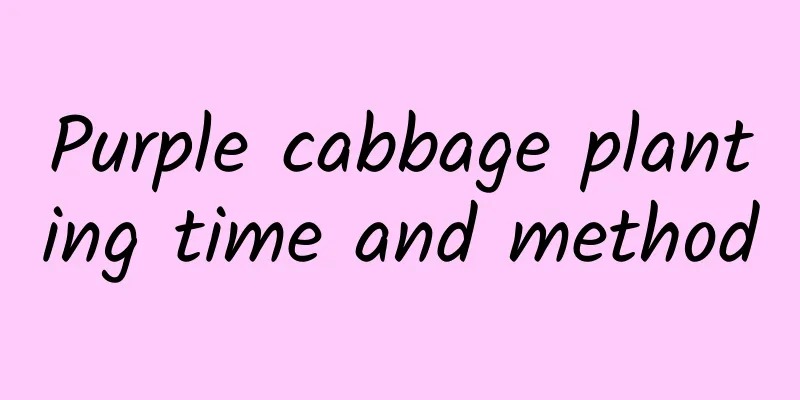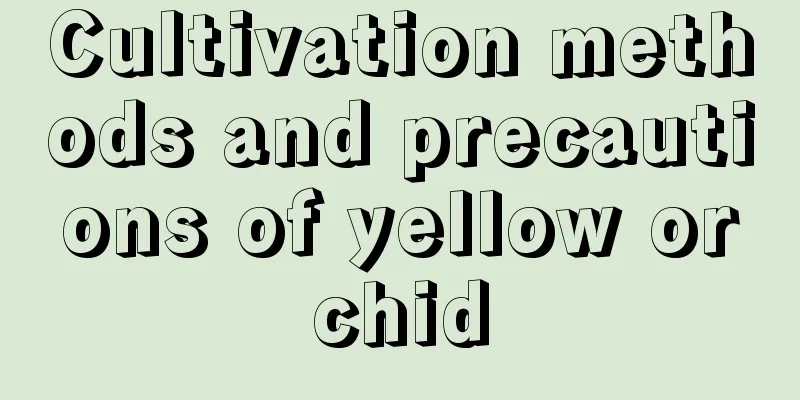How to cultivate the grass

1. Maintenance methods1. Temperature: Ornamental grass likes warmth. Specifically, the most suitable range is between 15 and 25 degrees. In summer, it does not like hot and stuffy environments, so the ventilation conditions in summer must be good. In winter, although it has a certain degree of cold resistance, the temperature cannot be too low. 2. Light: It has certain requirements for sunlight, but it also has a certain degree of shade tolerance. However, during the flowering period, it cannot be placed in a very dark place, otherwise flowering will be hindered. Generally speaking, you can always place it where there is diffuse light. In summer, when there is strong light, it needs to be shaded. 3. Watering: The sedge is afraid of waterlogging and has a certain degree of drought resistance. Therefore, the principle to follow when watering is "better dry than wet", but you must not go without watering for a long time. In summer, considering that evaporation will be higher, you can water a little more. 4. Fertilization: The demand for fertilizer of the orchid grass is relatively high. During periods of vigorous growth, fertilizer should be applied regularly. Generally speaking, foliar fertilization is used once every ten days. 2. Breeding techniques1. Reproduction: Natural sowing can be used, but it will take a long time from sowing to growing true leaves. The specific steps are: collect the fruits and then take out the seeds. Then sprinkle on the substrate. During this period, do not let them get exposed to rain. It will take about three months for true leaves to grow. Providing a good environment will have an impact on the germination rate. 2. Pruning and weeding: First of all, when you find dry and yellow leaves, be sure to cut them off. The next thing is to prune the flowers, mainly after they bloom. In addition, when weeds appear in the fields, they also need to be cut off. 3. Problem diagnosis and treatment1. Disease: Common types include "rust", which harms the leaves and also affects the overall growth. Mancozeb can be used for prevention and control. There is also "white rot", which is more common during the rainy season. Lime can be used to disinfect the soil. 2. Pests: "Scale insects" are the most common type of pests. They can also spread other diseases, which can be controlled by spraying with omethoate. IV. Other issues1. Toxicity: The herb is non-toxic and harmless. 2. Can it be raised at home? Yes, it has good ornamental value, but its main function is as a medicinal material. |
<<: How to cultivate snake fruit
>>: How to grow Metasequoia well
Recommend
The efficacy and function of Polygonatum sibiricum
1. Lowers blood pressure Polygonatum sibiricum ha...
How to grow four-season bamboo cypress
1. Breeding conditions 1. Nutrient soil: Four-sea...
Potato planting time and method
Potato planting time Potatoes are generally plant...
Can lemons be grown in the north? How to grow potted lemons in the north
Growing lemons in the north Lemons cannot be plan...
Where to see the Tiannv flower
Benxi City, Liaoning Province The fact that the a...
Breeding methods and precautions of Emperor Crown
1. Maintenance methods 1. Potting soil: The potti...
How to divide bromeliad
Steps for dividing bromeliads The best time to di...
What is the flower language of daisy? Pictures of daisy
1. The flower language of daisies 1. Innocence: T...
How do turtles spend the winter?
As a cold-blooded animal, the physiological funct...
How to grow kiwi fruit
1. Maintenance methods 1. Temperature: It can be ...
Causes and treatments of yellow leaves of copper coin grass
1. Matrix Incompatibility 1. Reason: If the subst...
What flowers are suitable for planting in rural courtyards? What flowers are the most prosperous in the courtyard?
What flowers are suitable for planting in rural c...
How to prune Zhenlong pomelo? Pruning time and technical methods
Zhenlong pomelo pruning time Zhenlong pomelo need...
How does Bougainvillea survive the winter?
1. Control the temperature The most important thi...
Can hibiscus be planted in the ground?
Can the small hibiscus be planted in the ground? ...









